
How we see Christ Church Cathedral School
Located in the heart of Victoria, B.C., Christ Church Cathedral School (CCCS) provides a first-rate education for boys and girls from Junior Kindergarten to Grade 8. While it’s an Anglican school that promotes Christian values, it welcomes kids from all religious backgrounds. Many families choose CCCS for its tight-knit community and its supportive and welcoming environment. But it’s also known for having exceptional teachers, small class sizes, and a broad scope of curricular and extracurricular programs. A distinguishing feature of CCCS is that its students learn to make a difference in the world through various activities such as preparing food for the hungry, singing and reading to seniors, and organizing fundraising events for charities.
Compare with:
How Christ Church Cathedral School sees itself
"Founded in 1989, Christ Church Cathedral School provides an outstanding and inspiring education to children JK-8. Ranking among the very top performing schools in our city and rooted in the Anglican ethos, we provide a well-rounded curriculum accessible to students of all beliefs, nurturing the spiritual, social, physical and intellectual growth of every child. We aspire to be the school of choice for families who seek an excellent education for their children in a vibrant, caring and inclusive community. "
"Our low student-to-teacher/educational assistant ratio allows us to “know your child.” All our teachers support and challenge our students to effectively draw out their best efforts. The result is students who are ready to take on challenges and step into leadership roles. If you are not yet part of our school community, please get in touch with us to arrange your personal tour."
"Our downtown Victoria location provides three unique campuses for JK-8 and after-school care for parents working downtown. Our small class sizes, low teacher-to-student ratio and access to nearby community facilities and outdoor spaces provide diverse opportunities for our programs and curriculum within and beyond the school."
"One consistently praised aspect of CCCS is the strong sense of community fostered among students, parents, and staff. Families joining our school are warmly welcomed into a close-knit community characterized by a supportive and inclusive atmosphere. Our inviting environment makes it easy for families to acclimate to the unique culture of our school quickly, and we take great pride in creating a welcoming and engaging space for all who are a part of our community."


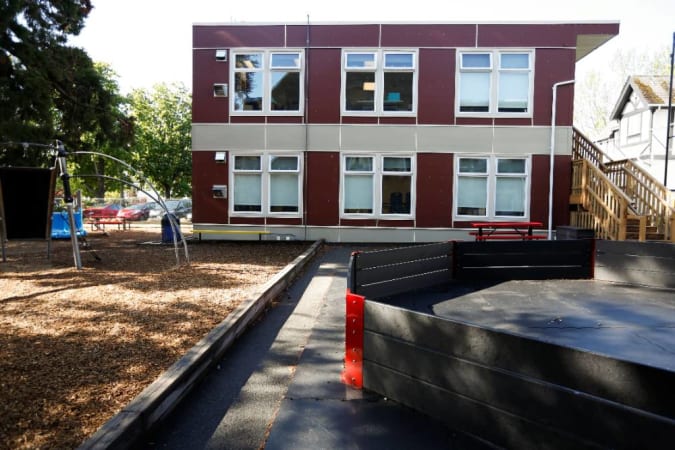
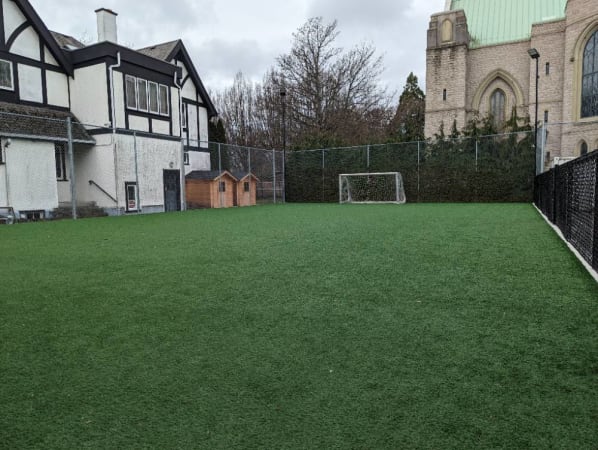





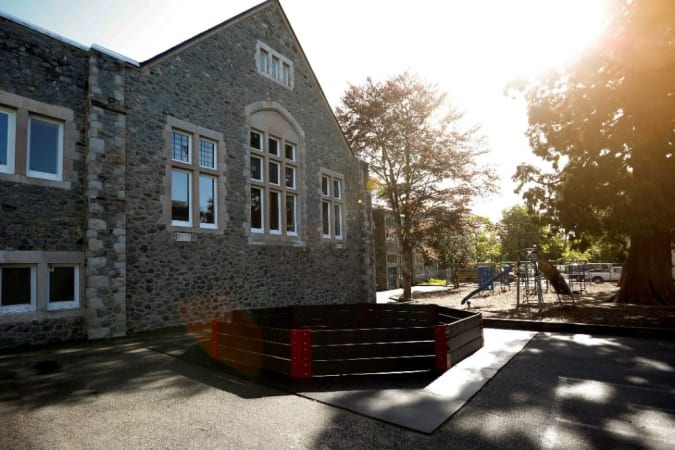
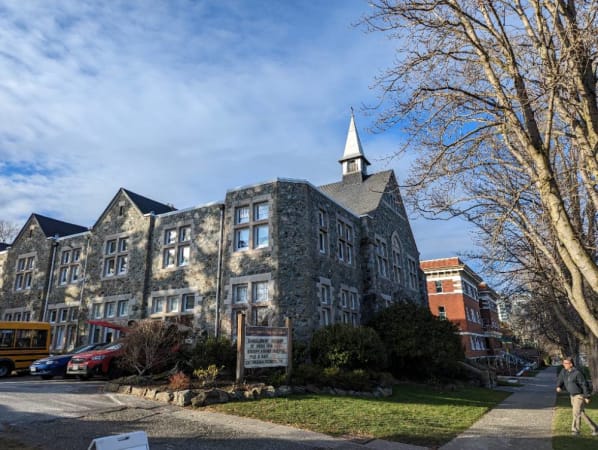



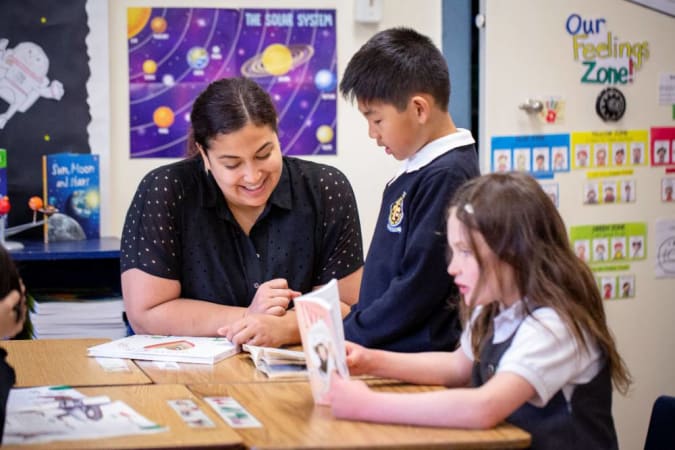







How people from the school’s community see Christ Church Cathedral School
Top-down influence on the school’s direction and tone

Stuart Hall, Head of School
Welcome to Christ Church Cathedral School. When I ask parents why they chose to send their children to our School, their answers are unique, of course, but there are common threads in their responses. Most choose Christ Church Cathedral School for its strong sense of community, an appreciation for the Christian values of the school, our outstanding teachers that always go that extra mile, small classes, and the variety of extra- and co-curricular programming one would expect only at a much larger school.
When I ask the teachers and support staff what it is about our school that they are most proud of, they too speak of a supportive and connected community, the values we live by, and the wonderful programming we offer. But they are most proud of our students.
With one class at each grade level, every student becomes part of a close-knit cohort that feels like family—a family that offers support and encouragement and celebrates the success of each individual. This is summed up by our school motto, “Let your light shine!”
Upon graduating from CCCS in grade 8, our students stand out in Victoria’s high schools as mature and confident learners, ready to get involved in the positive opportunities available to them. They are ready to make a real difference in their high school and in the community beyond. I would be pleased to show you around so you can learn how we can help your child shine.
I look forward to meeting you,
Stuart Hall
Head of School
THE OUR KIDS REPORT: Christ Church Cathedral School
Next steps to continue your research:
Continue researching Christ Church Cathedral School with OurKids.net, or visit school website.